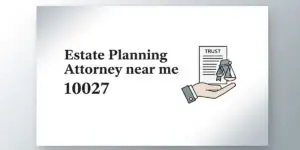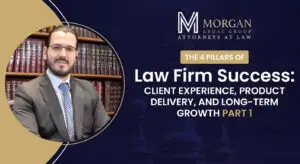To understand everything about trusts and what’s involved, it’s important to know it’s terms. There’s different kinds of trusts but a living trust is a legal document created by a living grantor or a person putting his or her assets into a trust. The trust is established to own your assets during your lifetime. Once you have passed, the trustee continues to manage and protect your assets and then distributes them to your beneficiaries.
In New York, if the property is under 50K, you don’t need to go through the whole probate process but it’s still good to get a trust. More benefits of getting a trust can save your entire family from deciding with who gets what anyone own and this can go on for months or even years in expensive court cases. There’s other important documents like; life insurance, accounts, investments and other kinds of assets that should be kept within this document. So a simple trust is recommended to get the transferring process as fast as possible.
When making a trust, you have the option of either making a revocable living trusts or an irrevocable living trusts. Revocable living trusts gives you the option to make any changes to the trust as long as you name yourself the trustee. After this you have all ownership to your assets while you’re alive. You also put down who the successor trustee would be and that would be the person you trust to continue managing everything you own once you pass once again. With a irrevocable living trusts can’t be changed once the document is signed but it can helpful with reducing taxes. One thing to note is that it only reduces federal estate taxes, not New York State tax. If you’re married, you can apply for an AB trust. This trust helps reduce or even avoid some of New York State’s taxes but more paper work is required. This is also a joint tenancy which documents and ables you to split half of the estate with your spouse but gain full possession of it all if one passes. For more specifics, it’s best to consult an estate lawyer.
A basic trust is done in just a few steps in NY:
1. First choose to either make an individual or a shared trust. A individual trust is more of a personal trust, as in a personformally naming him or herself as the beneficiary. Personal trusts have the authority to buy, sell, hold, and manage property for the benefit of their trustors. Trustors are people that make the trust for assets they’re holding.With a shared trust or trust shares you can receive profit from any company you’ve invested in. This acts as the return on their personal investment. You would also be able to sell your shares within company on the open market.
2. Decide what property you want to list on the trust.
3. Choose your trustee. A trustee is someone given control of property or assets for a particular purpose.
4. Then you must decide who will be the trust’s beneficiaries. Beneficiaries are people or even an organization that will benefit from your plan or who will get the trust property.
5. With all the information listed down, you are now able to creat the living trust document.
6. Then you must sign the document in front of a notary.
Please know, that a trust is not a will. The difference is that you can’t use a trust to determine who the guardian of your children would be. If that isn’t provided, the court would determine the outcome. Without a will, any property that isn’t transferred by your living trust or joint tenancy will go to your closest relatives as determined by court. You should have a will as a backup to dictate how assets that are not in the trust should be distributed.
It isn’t difficult when it comes to creating your own trust but it all depends which one you need or how your situation is. You can be single, married, or in a situation where you need a particular trust for not only your needs but everyone else who can benefit from your own assets. You need to discuss or even think about on how people would react with who you assign as a trustee because he or she will be responsible for the whole distribution process but know about the possible mistakes that are on the way. It’s best to discuss all money issues that can happen once someone in the family passes to prepare for any possible solutions for the future.









